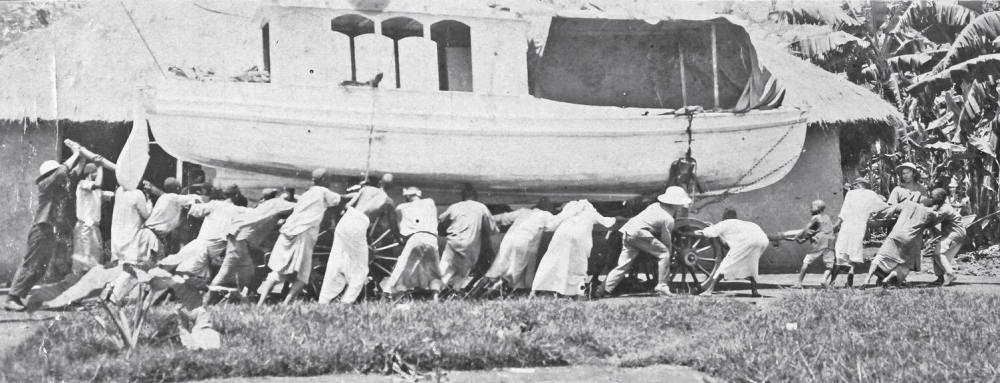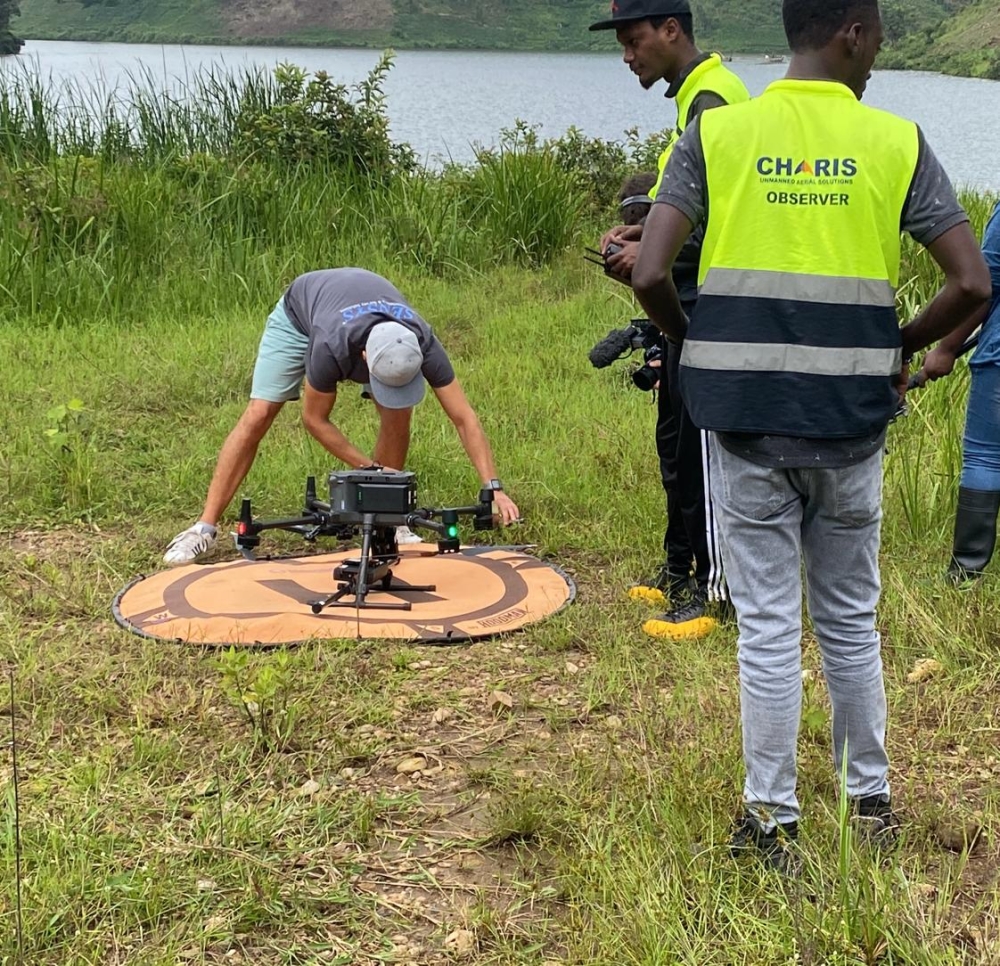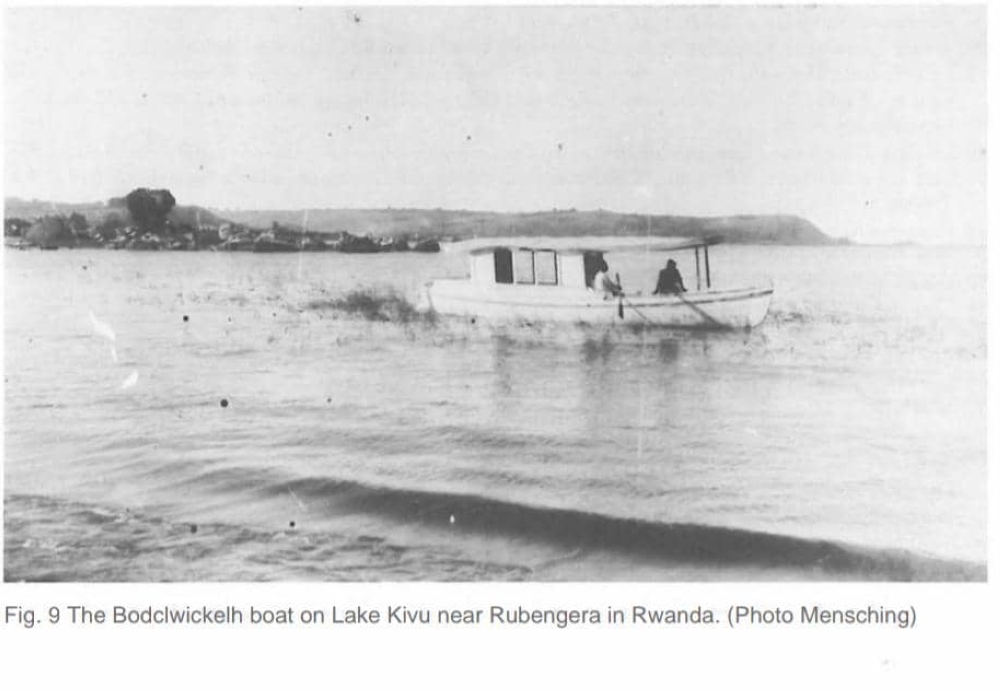Local researchers, along with their counterparts from Germany and Brazil, have embarked on a challenging mission to find a First World War (WWI) boat that was used by the German army on Lake Kivu.
Known as the Bodelschwingh, the boat played a role for the Germans between 1914-1916, the period when WWI was fought on Rwandan territory between German forces stationed there and Belgians in the Belgian Congo (now DR Congo).

Here are ten things you need to know about the boat and the mission:
The boat’s origins and transformation
The Bodelschwingh, originally intended for missionary purposes, measured 20 meters in length and 2 meters in width. Made of iron, it was sent to Rwanda in pieces and assembled in the country.
It never served its original purpose due to the fact that the German administrators took it from the missionaries and repurposed it for combat on Lake Kivu, fitting it with a machine gun.
When the war ended in Rwanda in 1916, the Germans took the boat and intentionally sank it as they withdrew from the area.

Purpose of the search
The mission aims to uncover the boat for historical and touristic purposes. If found, options include building a small house for it in Rubengera or placing it at the Kandt House in Kigali. Returning it to Germany is not among the options.
In what shape is it expected to be?
After 100 years, it is uncertain whether the boat will be found intact or in pieces.
The possibility of finding mere metal pieces of it might be more expected.
These pieces, according to Michael Nieden, the German official in charge of coordinating the search, may be reconstructed before the boat is stationed somewhere.

Potential location
Besides the lake, there’s speculation that the boat might be under the soil in Musaho Bay in Karongi district. Erosion during the years raises questions about its current state and location. The researchers are trying to search both in the lake and on the land.
Previous attempts
Previous expeditions in 1989 and 2014 were unsuccessful. The current mission brings more expectations since it involves advanced equipment and a team of good technicians from Germany, Rwanda, and Brazil.
What high tech equipment is being used?
Drones from Charis UAS, a local company with technical support from a German technician are deployed as part of the search.
The drones are fitted with magnetometers and are flying just one meter above the lake’s surface. In addition, Brazilian technicians are using a boat to also search the lake using magnetometers.
Signs of iron already detected
Signs of iron have already been detected, prompting further investigation both in the soil and the lake. As the search goes on, the researchers will attempt to find out whether the iron detected by their equipment is really the boat or not.
Documentary video
As the search is being carried out, some filming is taking place so that a documentary about it will be created.
Involvement of divers
Rwandan divers equipped with good gear will investigate areas identified by drones and magnetometers for potential metal debris.
Mission duration
The mission will span two weeks, concluding on February 22, with the team evaluating their findings.
This story was initially featured in The New Times of Rwanda.


